The Numerous Possibilities Brought By AI
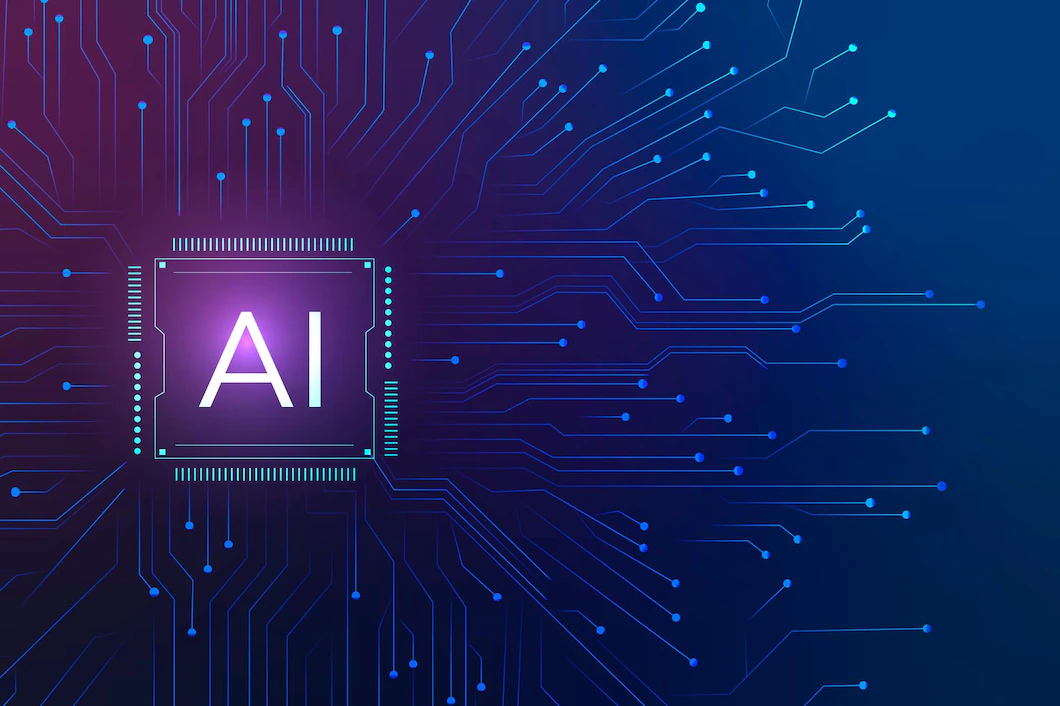
Artificial intelligence has developed in so many fields over the years. It is redefining numerous processes from business to data analysis. The upcoming trends in AI are set to remove several limitations and create opportunities for new ventures.
Computer Vision Image Recognition
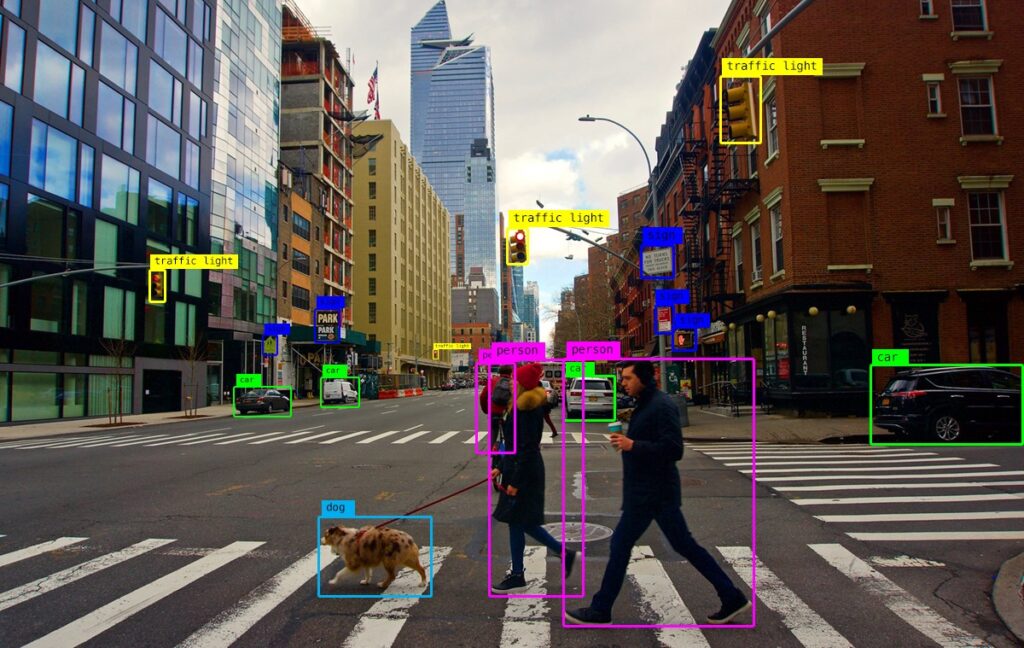
Computer vision involves machines learning how to analyze and recognize different image types, both still and moving. Whether we realize it, computer vision is already integrated with many aspects of our lives.
With the help of AI, you can use computer vision to:
- Automate a lot of laborious manual work. For example, automating quality control tasks in manufacturing and processing industries can increase product quality while cutting costs and freeing up employee time for more valuable work.
- Analyze big data sets with no human intervention required. Retailers can use computer vision to study videos of shoppers in their stores, allowing them to identify which products are selling better than others and where customers are spending most of their time in the store.
As you can see on Feedconstruct, some companies already use AI in computers to perform a multitude of tasks. For example, in sports, smart AI-powered cameras can track players on the field in real-time and calculate their performance based on numerous metrics and historical data.
Based on the image recognition abilities of said camera, it is able to track speed, balance, performance, and much more.
Video and Image Editing
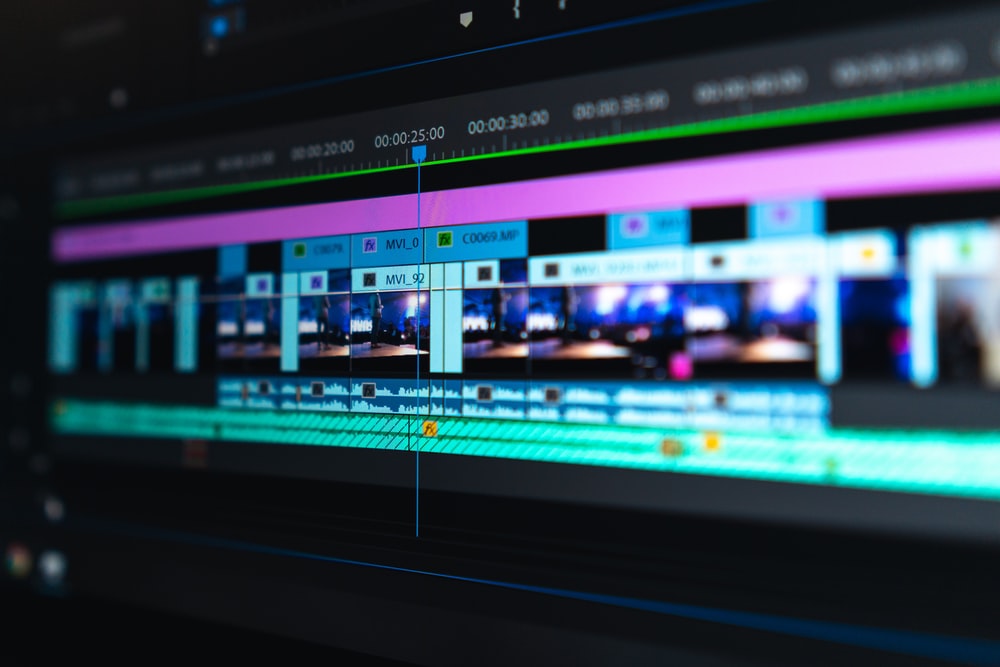
For most photographers, a large part of the job is editing the images they take. AI has reduced the time and effort that used to be required to edit an image. One of the main abilities of AI that is used in a photographer’s job is removing noise from images.
A photographer won’t always have perfect conditions when taking photos, so it’s likely that some noise will be present. This could include visual defects and other unwanted and undesirable artifacts for the photograph. Fortunately for the photographer, AI can help improve image quality by removing any unwanted noise from the picture.
Not only that, but AI can also use its machine learning capabilities to enhance the image quality as if it’s amplifying the resolution. We’re not necessarily there yet, but it can still upscale with impressive results. The best examples are in gaming, namely thanks to NVIDIA’s DLSS technology. Still, movies aren’t exempt either, as you can find AI algorithms that can do some impressive things, ranging from upscaling and noise reduction all the way to colorization.
For example, you can search on Google or YouTube for “deoldify AI” and you will see a ton of examples of old movies being colorized with surprising effects. Sure, not all sequences will have accurate or natural-looking colors, but most of the stuff that you see is absolutely impressive given the fact that the colorization is done purely by AI, without a single manual input by the person who wants to edit the video.
Translation Software

Translation software could be viable for both casual and professional use shortly. It functions by taking audio, text, or video speech and converting it into another language. A true real-time translator could be used to communicate with people who speak different languages more efficiently than ever before.
The best translation software would include an interactive interface displaying the face of the speaker while they talk so that lip movements match what the person is saying. This would make it feel less like you’re speaking to a machine and more like you’re having an authentic conversation with someone who speaks your language. In addition, you wouldn’t have to worry about mistaking someone’s meaning because of the miscommunication caused by differences between cultures or languages.
Better FaceTime and Skype
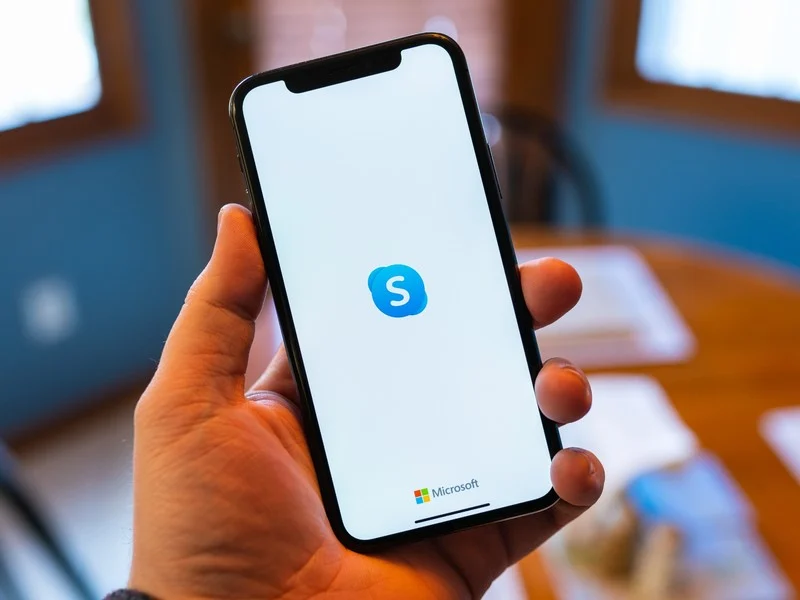
The virtual reality experience is on its way to becoming more immersive. One example of this is the use of AI for video communications. Apple and Microsoft use machine learning to enhance their FaceTime and Skype applications to make their platforms more interactive.
With these developments, the technology world has done away with the notion that the only thing one can do on a video call is to see and speak with another person. Instead, we are now entering an era where our conversations are just like those with friends in real life because they will be interactive, personal, and authentic.
Handwriting and Speech Recognition

Some of these applications are:
- Speech-to-text: AI will transcribe your dictation in real-time. It’s good for your hands and wrists, as you won’t need to use a keyboard anymore.
- Text-to-speech: The latest AI technology can take text and read it aloud with a human voice.
- Handwriting recognition technology is not new, but it continues to improve. You can write on paper, and the AI will convert it to digital text in real-time. Great for those who love pen and paper but want their notes on their computer or phone.
- Text generation uses neural networks to analyze text and generate similar material from scratch.
New Voice Assistants
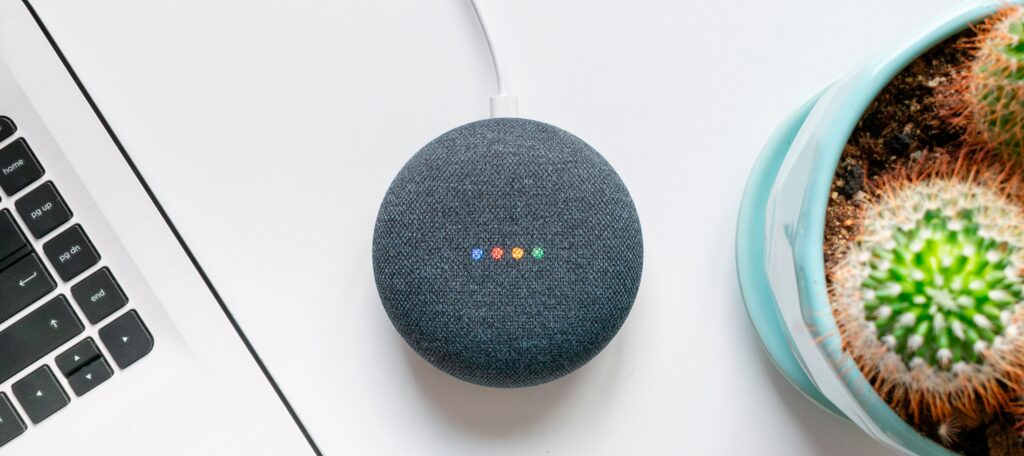
Voice assistants are programs that perform tasks or services based on user requests through a specific voice command. Many mainstream voice assistants use AI technology to assist users in their daily life. For example, you can ask these voice assistants questions about the weather or your schedule for the day.
AI will improve everything in your life that has to do with text, voice, or images. AI will make content and services a lot more accessible for all people. It’s just a matter of time before all of this takes place. In fact, many might argue that it’s already taking place given the current technological climate.
Final Thoughts
AI has and will continue to give us some truly fantastic benefits. If we all thought in the 90s that some of the things AI can do now will have remained science fiction, just think about what much more we can achieve considering the fact that the technology has evolved so much in just a couple of years. We’re definitely looking forward to how the landscape will shift ten years from now.




